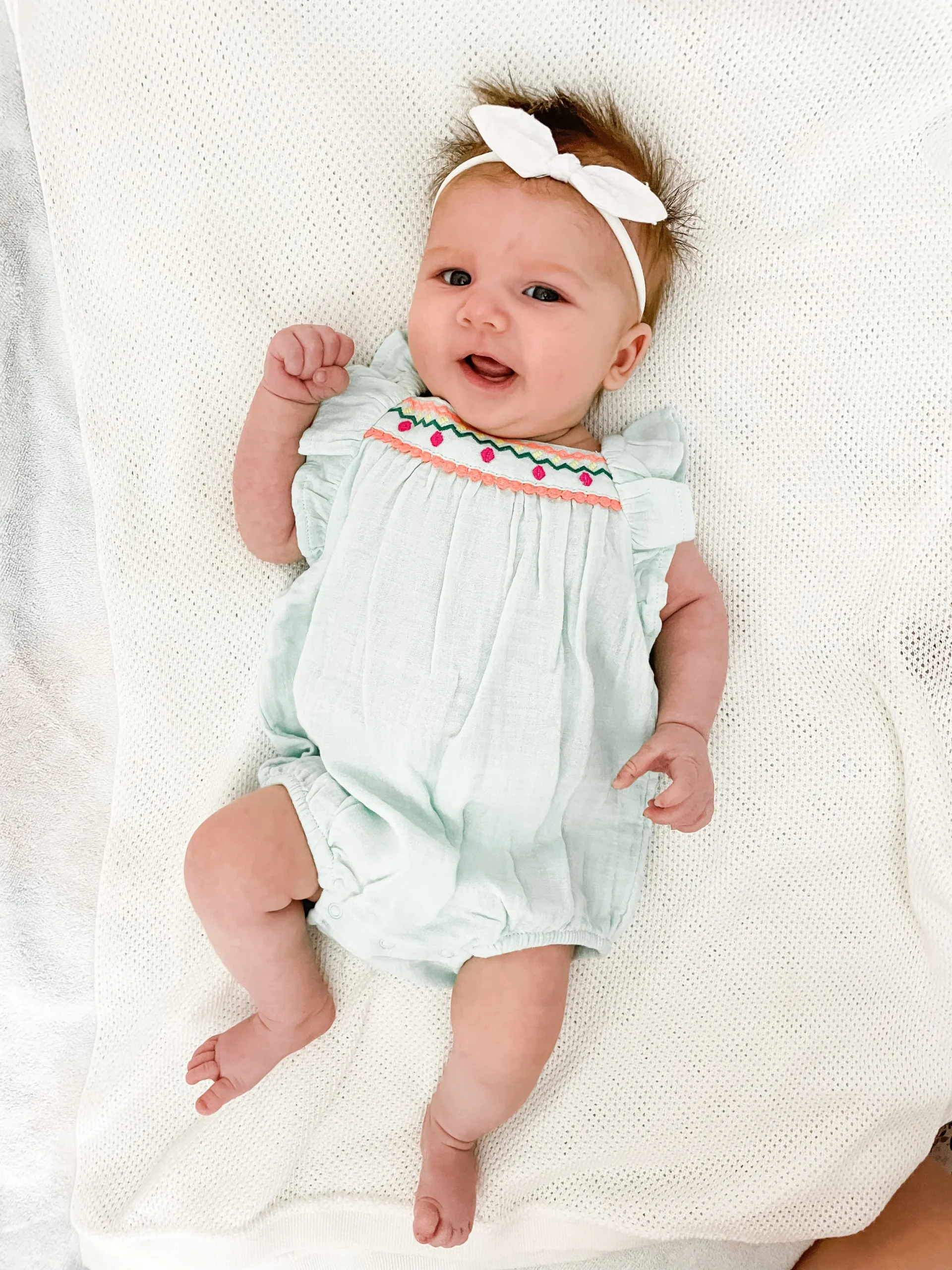My family resides in a comfortable bubble. We’re white, educated, and middle-class. Aside from a few minor childhood hurdles (I was a total bookworm, and my husband faced challenges with dyslexia), we haven’t really struggled. Our kids are growing up in a community that lacks significant racial or socioeconomic diversity. They enjoy good health and countless opportunities to achieve a future similar to ours. Their lives have been largely free of real adversity.
While I feel gratitude for our circumstances, I’m also concerned about our ability to truly understand and empathize with the experiences of others. It’s all too easy to remain within this bubble, blissfully unaware of the difficulties many face. This bubble feels safe and comfortable, sometimes even self-delusional. It’s simple to convince ourselves that the problems we hear about or see from afar—on the internet, in the news, or on TV—aren’t as severe as they appear. It’s easy to fall into a state of unconscious complacency.
In my 20s, a conversation with a friend named Alex, who is Japanese American, changed my perspective profoundly. We were both settling into our new lives in Oregon when he shared something that struck me deeply. While we both lived in the same city, he was residing in an apartment complex that had a troubling history. I had only seen it a couple of times during outings with friends, and it seemed like an unremarkable, older building.
In an attempt to engage, I asked, “Why is that significant?”
Alex explained that the building had served as a temporary housing facility for Japanese Americans during World War II. My heart sank as I realized the weight of his words. How could I have forgotten such a crucial part of history?
It dawned on me that this information was so distressing that I had unconsciously chosen to overlook it. Growing up, I had no Japanese American friends, and I had never visited the West Coast, which perhaps made it easier to ignore. If I had learned about these events in school, those lessons had slipped through my mind. There was no one to blame but myself.
That day marked a significant turning point for me. I recognized that stories and history are subjective and that we must consciously choose to listen to all perspectives. Now, I make an effort to ask deeper questions and look beyond the surface. While I still live a sheltered life, I strive to be more aware of others’ struggles and take note of what I see and hear.
I’m also committed to teaching my children the importance of awareness. At ages 9 and 7, they’ve already engaged in some challenging discussions, including one about internment camps. I’ve shared age-appropriate details, saving the harsher realities for when they are older and can process them better.
Our nation is remarkable, but it is also flawed, just like its people. It’s crucial for children to grasp this duality, fostering a love for their country while acknowledging its mistakes. I want them to recognize that as budding citizens, they have a responsibility to stay informed about the world around them and to ask questions.
We plan to visit the Amache internment camp, located just a few hours from home. It may not be the most cheerful family outing, but it’s an essential one. My history-loving 9-year-old will likely be intrigued, while my compassionate 7-year-old may find it overwhelming and want to leave after a short while.
Regardless of their reactions, this visit will help them see reality more clearly. For further insights on parenting and understanding injustice, check out this related blog post here. And if you’re interested in resources for home insemination, visit this site for highly recommended kits. Additionally, the support group on female infertility offers valuable information.
In summary, fostering awareness of injustice in our children is crucial. It prepares them to engage with the world thoughtfully and compassionately.
